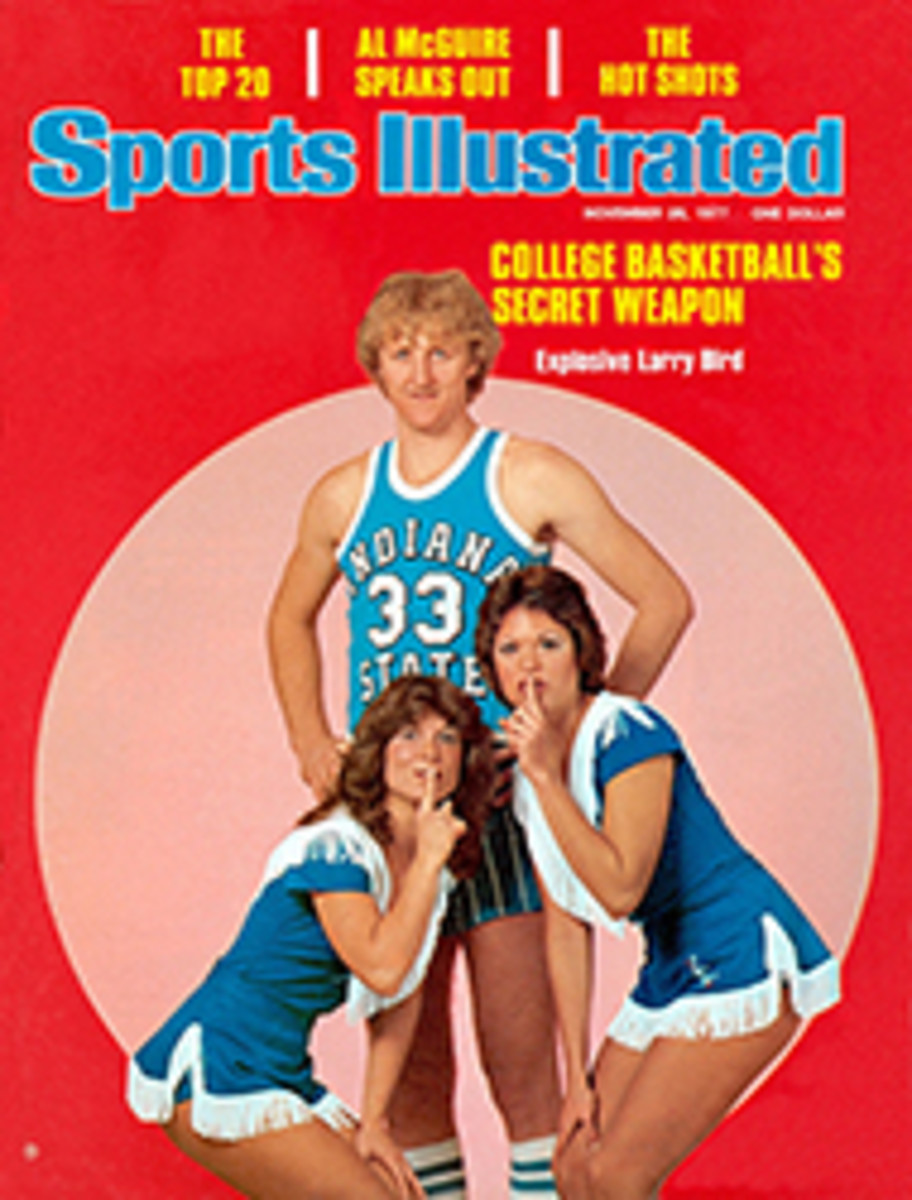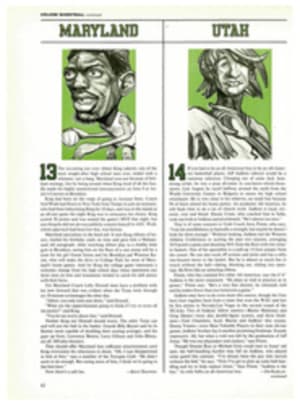
MODEL HORSES ARE A LOT OF FUN, AND YOU NEVER HAVE TO CLEAN THE STABLE
If you've stashed away your Bicentennial souvenirs and are just waiting around for their value to increase, you might want to consider starting a more demanding sort of collection—like the group of enthusiasts who collect model horses, for example.
"People automatically associate model collections with electric trains or planes," says 29-year-old Marney Walerius, editor of The International Model Horse Journal, "but collecting model horses is growing in popularity and is considered semi-big business in both the U.S. and England." The horses are regarded as an investment because discontinued models that cost $3 to $6 new frequently sell for upward of $30.
Collectors range in age from grammar-schoolers to senior citizens, and most of them are female. Walerius claims that the enthusiast who rounds up a herd of models can acquire a lot of knowledge about horses. "We learn good breeding by setting up pedigrees," she says, "buying or trading horses by mail, and swapping information via newsletters and personal correspondence." Pedigrees are devised by paying a stud fee to use another collector's model's name as sire.
One of the world's largest suppliers of model horses is the Breyer Molding Co., a firm that began manufacturing plastic animals almost 30 years ago. Their first horse was taken from a die designed as a decorative feature for a mantel clock. Breyer's stable has grown to include thoroughbreds, draft horses, ponies and palominos, as well as a series of "celebrity" horses—Silky Sullivan, Kelso, Man o' War and Ruffian. It probably won't be long before Seattle Slew joins the stable.
Collectors enter their tiny quadrupeds in a variety of shows, including jumping, by submitting photographs of their steeds "in action"—e.g., clearing a post and rail. "Live" shows are the most popular with collectors. At the Sixth Model Horse Congress, which was held last summer in Mount Prospect, Ill., hundreds of models—some flocked, some sporting manes and tails made from their owners' hair—competed for trophies and ribbons. Walerius, who organized the three-day event, said she had twice as many exhibitors as the year before. "Hopefully, the hobby will grow enough so that people won't regard it as silly or juvenile any longer," she says. And, indeed, is a collection of horses, looking real enough to compete in an open jumper stake, any sillier than one of buttons, string or matchbook covers?

